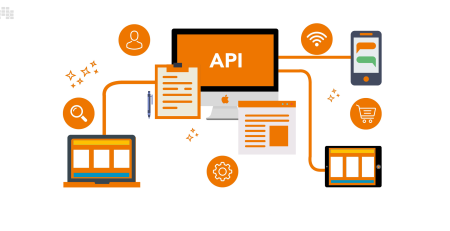What Are RFP Best Practices?
A request for proposal must be well-written and accurately outline the company’s requirements in order to receive the best responses.
A request for proposals (RFP) is a crucial tool for businesses looking to contract with suppliers of goods or services. The ideal scenario is that the request is met with high-caliber proposals that give business executives options for picking the best supplier for anything from raw materials to software engineering support. RFPs must be thorough and carefully written in order to achieve this outcome, which is not always simple to do.
We look at some best practices that can assist you in producing the best RFPs in the sections that follow. We discuss the key elements of an RFP and how to write a persuasive RFP. We also offer an RFP checklist to assist you in creating dependable, superior RFPs.
What Is an RFP?
Companies create an RFP when they require a service and want to compare available options. The request is sent out to potential vendors, and those vendors respond by submitting proposals that describe their procedures, prices, and anticipated outcomes.
An RFP must be well-written and accurately convey the company’s requirements in order to receive the best responses. According to RFP 360, a provider of sourcing and procurement software, “The RFP process allows you to select the right vendor, ensure competitive pricing, and reduce risk…. A good RFP asks the right questions and is as brief as possible while providing helpful background information for vendors.
Main Components of an RFP
What general format does an RFP follow? The sections can vary significantly depending on your industry, operations, and needs, but a good place to start is with the following subject areas. Once you’ve developed a basic RFP template, you can customize it for various project types.
Summary. After you’ve finished the RFP, include a section at the start of the document that briefly describes what the reader can expect to find in the sections that follow. Vendors should have a clear understanding of the project from the summary.
introduction and history You might know some of the vendors you send the RFP to, but not all of them. This section clarifies the project’s context and aids readers in comprehending your objectives.
Project objectives and boundaries. You can now get into the specifics of the current project, how it fits into your larger objectives, and what your needs are now that you’ve provided a high-level overview of your business.
Budget. This section is crucial because it informs vendors of the price range you anticipate paying for their services. Some people might choose not to participate if their rates are significantly higher.
Minimum standards. You should specify in this section any particular requirements that vendors must meet, such as services, credentials, years of experience, and so forth.
submission and review procedure. Provide clear instructions on how to prepare proposals to vendors. This section may include very specific details about the typeface and margin size used by some businesses. Additionally, describe the evaluation process for proposals, including the scoring system. The submission and evaluation deadlines should also be included in this section.
Questions. Include specific inquiries that suppliers must respond to. They can cover any subject you choose, such as the techniques or tools they employ, what happens if you have to alter your plans halfway through the project, or whether they offer free trials of their goods or services.
How to Create a Winning RFP
A strong RFP will elicit strong proposals, which will ultimately lead to the best goods and services for your requirements. Good RFPs are highly customized, precise, succinct, and thoughtful, according to RFP 360. RFPs with poor writing produce poor proposals. Or, even worse, there aren’t enough options to decide with certainty. To create effective RFPs, adhere to the following rules.
Recognize the issue. RFPs are sent by businesses to obtain assistance with problems. Therefore, make sure you fully understand the problem before writing the RFP. understand what constitutes success. Your chosen vendor will want to guarantee they can offer a satisfactory solution. Therefore, describe how that appears to you. Don’t give out too much information. Provide just enough information to assist vendors in creating their proposals without overwhelming them.
Be open-minded. Make vendors aware of any specific proposal components that are likely to catch your eye. Describe your top priorities.
RFP Process Checklist
Writing the RFP is only one step in the overall RFP process, which also includes identifying the RFP requirements, delivering the RFP, assessing responses, limiting and making a final selection, and signing a contract with your chosen vendor. Consistency is one of the best RFP practices, so use the following checklist or one you make yourself to make sure you always take the same actions.
- Work with stakeholders to fully understand the problem and the expected solution.
- Identify other details such as your budget, vendor requirements, and evaluation process.
- Create a list of project requirements.
- Write the RFP.
- Have stakeholders review the RFP and refine as needed.
- Find potential providers and send the RFP to these vendors.
- Receive proposals for a limited period and respond to questions from vendors.
- Perform an initial evaluation to ensure each proposal contains all requested documentation. Eliminate those that don’t.
- Perform a more detailed evaluation, using your stated process.
- Narrow the list to around five finalists and interview representatives or request demonstrations to help you make the final decision.
- Make the final decision, negotiate terms, and execute a contract.
- Notify vendors that were not selected and let them know you will consider them for future projects.
When Not to Use an RFP
One last tip for using RFPs successfully: only use them when they are appropriate. For projects that are less involved or when you actually need something different, think about using different request formats. A request for information (RFI) or a request for quotes are examples of these formats (RFQ). To get the best response, select the appropriate document.













Leave a Reply